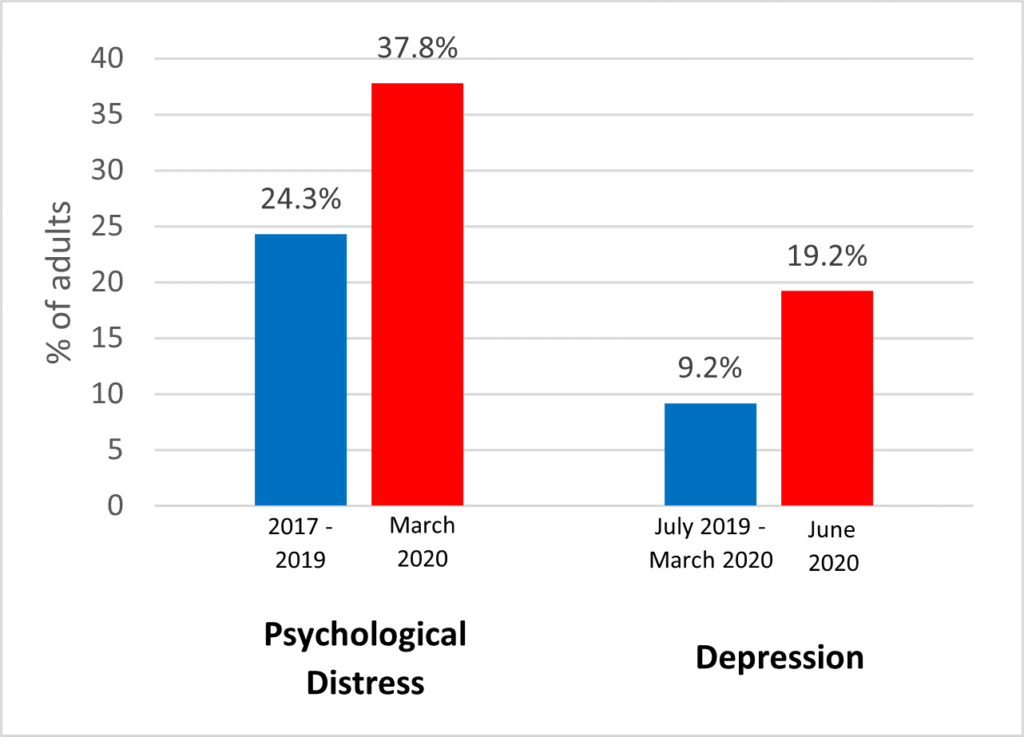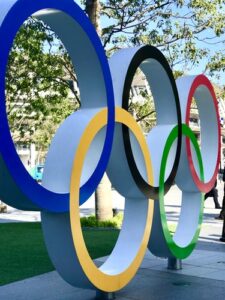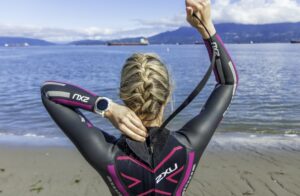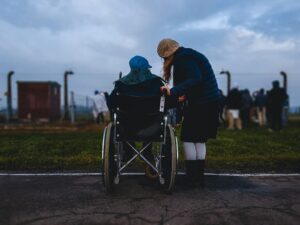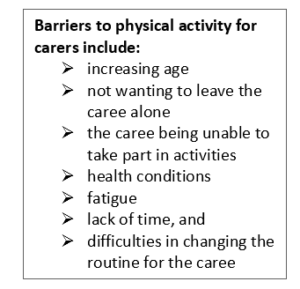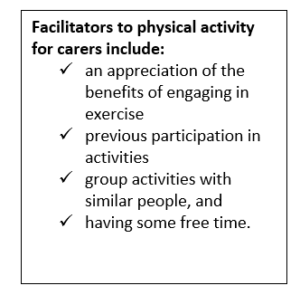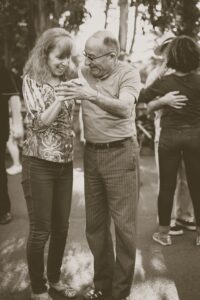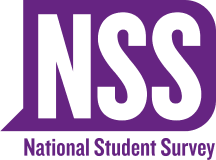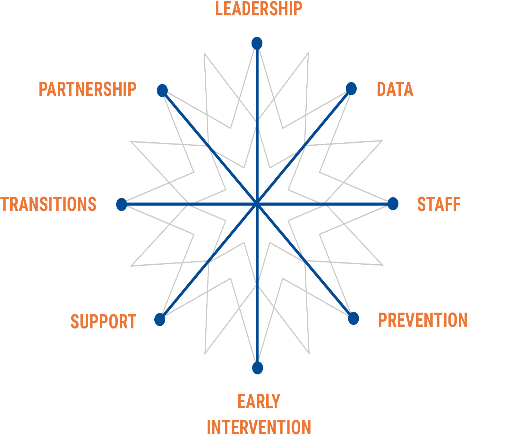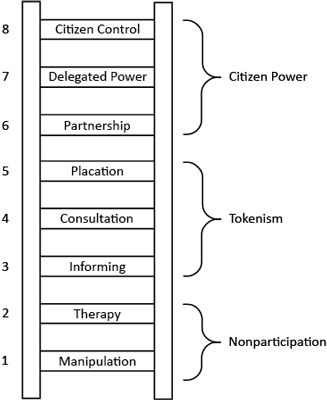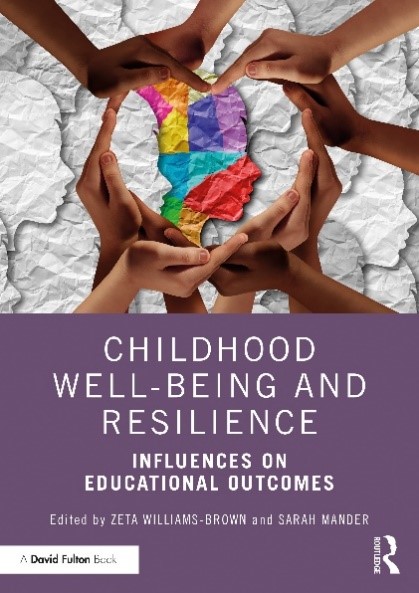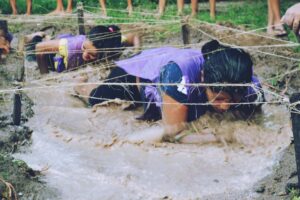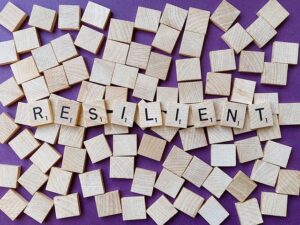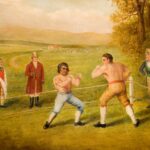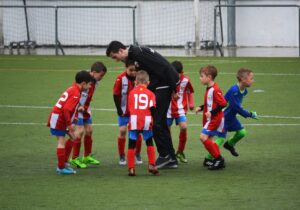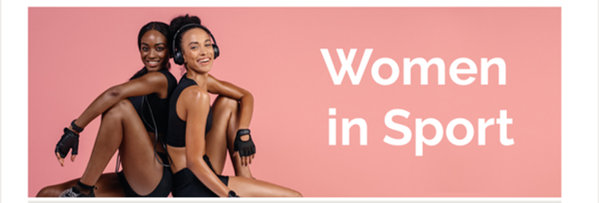Authored by the team ‘Splash’: Rois Wilkins, Roland Kemp, Alice Noble, Cameron Atreides and Craig Robbins [E119 20J students].
This blog was written as part of a collaborative teamwork task by students studying E119. They had to select a topic and then decide on what roles each person would perform in the team, such as researcher, writer, editor and leader. This blog was chosen as one of the best blogs from around 80 blogs that were produced.
Looking back on this rollercoaster of a year, with the coronavirus pandemic and the ever-impeding lockdowns, that have seen our beloved leisure facilities close from gym’s racking those dumbbells for the last time, to swimming pools draping the cover across and closing their doors for months. Some still to be sat in darkness, void of the sounds of splashing swimmers, I cannot help but think, has this industry been forgotten?
Since COVID-19 took a grip of the UK back in March Swim England reported that over 200 council run swimming pools have unfortunately had to remain closed, despite the UK Government announcing that pools can re-open. Many councils hinted this is due to financial difficulties that this unfortunate decision has been made (BBC, 2020).
The Department for Digital, Culture, Media and Sport has given £100 million of funding to help support local authority leisure centres (BBC, 2020) and Chancellor Rishi Sunak has announced an up to £9000 top-up grant for hospitality, retail, and leisure depending on the property (Swim England, 2021a). While this is welcomed by many in the industry, UKactive CEO Huw Edwards says, “both public and private fitness and leisure operators will require additional, tailored financial and regulatory support”. With a new lockdown introduced in January, a key and pivotal month for the leisure industry, it could not have come at a worse time with industry operators losing on average £90 million a week in revenue (UKactive, 2021). Unlike the hospitality and retail industries which can make revenue online and with takeaway food, the leisure industry is stuck making zero revenue but still with the cost of upkeeping the facility. Marg Mayne, Chief Executive of Mytime Active says “the average cost of a leisure centre is £60,000 a month just to hibernate it” (Evening Standard, 2021).
Not Just an Exercise
The decisions to keep many pools closed have undoubtedly had massive effects not only the industry but for its communities physical and mental health. As you can see the industry is struggling to keep their doors open to its ever-engaging community, which is also suffering from the lack of taking part in physical activity but also with their mental health. Swimming is an outlet for much of the population with Swim England reporting in 2019 that 14 million adults (31.3% of the population) participated in swimming within the last 12 months, with 4.2 million adults swimming at least twice a month. The Government enforced national lockdowns and the closure of pools and leisure centres have drastically impacted the mental health of the community. Sports England Active Lives conducted a survey that revealed an additional 3.2 million were now classified as being inactive (4Global, 2020).
As shown in Figure 1, evidence from 4Global (2020) shows that during the first lockdown which began in March 2020, adults that experienced levels of psychological distress rose to 37.8% from 24.3% seen between 2017-2019. The levels in adults experiencing some form of depression almost doubled from 9.2% seen between July 2019 – March 2020 to 19.2% during the height of the lockdown in June 2020. You cannot help but see a correlation between the closure of leisure facilities and the affect this has had on the nation’s mental health.
Figure 1. Adult levels of psychological distress and depression between July 2019-March 2020 (4Global, 2020)
For many of the aging population swimming is the only form of exercise that they can do. With around 10 million of the UK’s population, mainly over 50s, suffering from some form of arthritis, swimming is known to greatly reduce the pain, stiffness and increase the overall mobility of the sufferer (Swim England, 2021b). It seems to be counter-productive in the fight against COVID-19 to keep pools closed when for many in the high-risk categories the only form of keeping healthy and fighting fit is the access to pools. Furthermore, keeping leisure facilities closed could be creating greater strain on our NHS which is already under immense pressure due to the pandemic. Jane Nickerson Swim England’s Chief Executive says that “they save the NHS and social care system more than £357 million a year and are the solution to many of the problems that society faces today” (Swim England, 2020a). Keeping our swimming pools and leisure facilities open would help our NHS focus on the fight against COVID-19 and keep our nation fit and psychologically healthy without the need to burden our NHS.
“Can I catch COVID-19 in a pool?”
The question remains, “how safe are swimming pools?”, like everything else with this virus there is a great deal of uncertainty. Since the leisure industry reopened its doors back in July the transmission rate of the virus within leisure centres has been respectively low, with only 0.99 cases per 100,000 visits recorded (Swim England, 2020b). There is also evidence that chemicals used in pools, such as chlorine, render the virus inactive within as little as 15 seconds, although this is only effective if the correct levels of chorine are used (PWTAG, 2020). As you can see, the evidence is few and far between but there are some convincing elements to say that pools are a safe place to exercise, along with the current government social distancing guidelines and the extensive cleanliness regime that is being introduced in a lot of leisure facilities. Heading down to your local swimming pool comes with no more of a risk than visiting your local shop.
Looking at the overwhelming evidence, you can see that keeping swimming pools and leisure centres closed is not only a catastrophe for the financial future of our beloved leisure industry, but also for the health and wellbeing of its vast community that relies on many of the services provided. All we can do is hope that our government realises the potential that the leisure industry has for providing the much-needed relief the nation needs and throws this forgotten industry a life ring!
Reference List
4Global (2020), The real cost of lockdown. Available at: https://4global.com/4sight-week-7/, (Accessed: 25/01/2021)
BBC (2020), Keeping pools closed ‘a catastrophe for health and wellbeing’. Available at: https://ww/w.bbc.co.uk/news/uk-england-55148387, (Accessed: 25/01/2021)
Evening Standard (2021), Gyms and leisure centres warn Government of ‘catastrophic’ economic long Covid in third national lockdown. Available at: https://www.standard.co.uk/sport/gyms-leisure-centres-covid-govern/ment-warning-b850167.html, (Accessed: 25/01/2021)
PWTAG (2020), Swimming pool technical operation after Covid-19 shutdown (TN46). Available at: https://www.pwtag.org/swimming-pool-technical-operation-after-covid-19-shutdown/, (Accessed: 26/01/2021)
Swim England (2019), Key swimming statistics and findings. Available at: https://www.swimming.org/swimengland/key-swimming-statistics/, (Accessed: 25/01/2021)
Swim England (2020a), Closing pools risks an ‘avoidable physical and mental health emergency’. Available at: https://www.swimming.org/swimengland/more-tier-four-areas/, (Accessed: 25/01/2021)
Swim England (2020b), Swim England welcomes WHO reiterating Covid-19 does not transmit through water. Available at: https://www.swimming.org/swimengland/world-health-organisation/, (Accessed: 26/01/2021)
Swim England (2021a), Swim England welcomes new Government grants to support leisure sector. Available at: https://www.swimming.org/swimengland/government-grants-welcomed/, (Accessed: 25/01/2021)
Swim England (2021b), Swimming is one of the best exercises for arthritis. Available at: https://www.swimming.org/justswim/exercises-for-arthritis/, (Accessed: 25/01/2021)
UkActive (2021), Continued lockdown of fitness and leisure sector will cost £7.25m in missed health savings and £90m in revenue every week. Available at: https://www.ukactive.com/news/continued-lockdown-of-fitness-and-leisure-sector-will-cost-7-25m-in-missed-health-savings-and-90m-in-revenue-every-week/, (Accessed: 25/01/2021)


